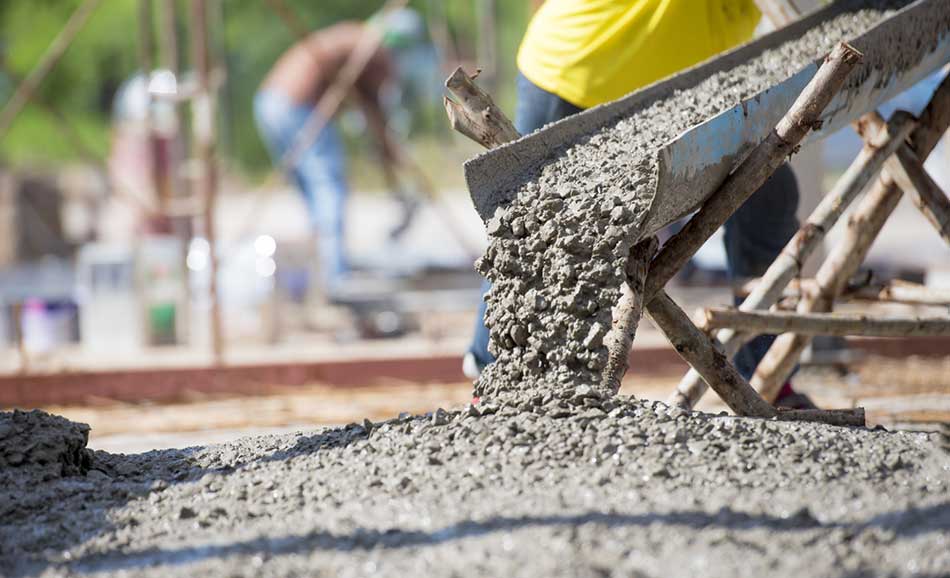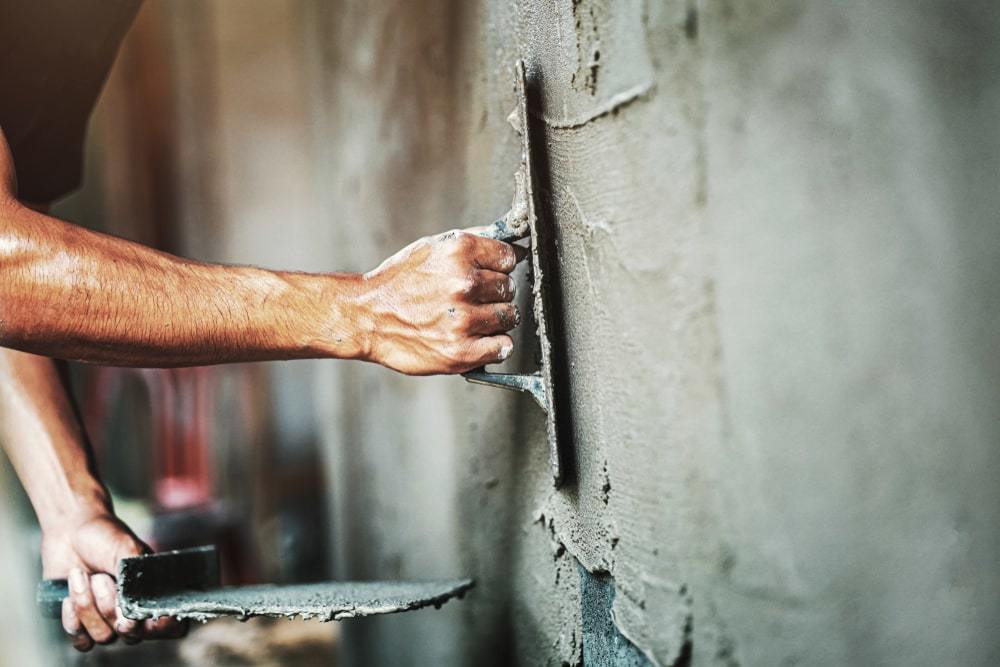Masonry cement is a water-based adhesive used in the preparation of various mortars common in masonry works. Masonry cement is mainly used as a mortar in masonry structures to connect bricks, stones or blocks. A mixture of an adhesive with other suitable materials. The cementitious material may be one of the types of Portland cement, pozzolanic cement, molten iron cement, molten lime or blue lime. Inorganic materials are mainly fillers such as limestone or ground feed raw material.
Mortars and masonry coatings are usually made from adhesives that improve the efficiency and water holding capacity of fresh mortar. Building cement is used in the manufacture of brick mortar, block work, exterior and interior cladding of buildings, floors, tables, etc.

Before cement use became common in Iran, Iranian reservoirs were coated with mortar. Mortar, which was made from lime water and oven ash powder, had the properties of aqueous mortars. The reason for the plaster to harden was that there was some hollow silica in the ash of the stove, which combined with lime and was converted to calcium silicate. With the arrival of Portland cement in Iran, those involved in construction and construction works used Batard cement mortar, which used Portland cement, powder or paste or mortar of hydrated lime and sandy soil containing significant amounts of silt and clay. This mortar met many executive requirements in the field of construction work. Unfortunately, despite the problems that arose in the supply of hydrated lime and the weaknesses that occurred in the field of training and entry of non-specialists to the stage, this mortar was forgotten. In Iran, the issue of special mortars for construction and production of construction cement was raised using one part of Portland cement and two parts of round lime. Masonry cement in Iran was prepared for the first time in Fars factory according to the national standard and was produced industrially. But after a while, its production stopped. After the failure of the first experiment, no other factory has started to produce cement, and the reason is that no specific organization, institution or ministry has provided a proper policy in this regard.
The nature of construction works includes non-concrete constructions such as bricklaying, porcelain stone in foundations and walls, tiling, facade with stone and facade bricks, cementing, lining and facade. Therefore, the mortar used in these works must be able to hold water to the desired level and its setting time is long. These properties are important because the setting time of mortar from masonry cement is much longer than ordinary Portland cement. Due to the ability to store water in building cement mortar, evaporation from its surface is practically low in hot and dry climates. Mortar flow is maintained for a long time due to these two properties and can be easily worked with the relevant mortar. Also, the need to add water to lubricate it over time is less felt, so the consumer does not have to work with cement that has reached the setting stage. In practice, this mortar does not suffer from reduced strength and durability in performance, and despite the relatively low strength of this mortar, it will eventually have more resistance than other mortars containing Portland cement. In many parts of the country, ordinary pressure bricks are used, which absorb more than 30% of water and require mortars with high water holding capacity. Therefore, mortar containing masonry cement with the ability to retain water is the only mortar suitable for using this type of brick.

The production of masonry cement, like other mixed cements, is economically profitable for manufacturing factories. Consumption of clinker increases the profit of cement factories.
The price of building cement in the world is usually about half that of Portland cement or less. Therefore, construction work with it is much cheaper than Portland cement. At the same time, sometimes it is not necessary to increase the amount of cement in order to achieve sufficient adhesion. Even in terms of consumption, it can save and reduce costs. It should be noted that most factories producing this cement follow their own formula for making this cement and do not publish it.
In the field of consumption, a study of statistics shows that at least 15% of the cement produced in the country is spent on construction work. For the production of mixed cement, 30% of the country's income is for construction work.
In the field of distribution, if the cement is produced and supplied from the group of quality ceme